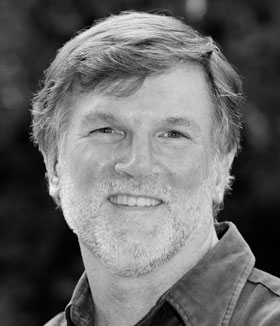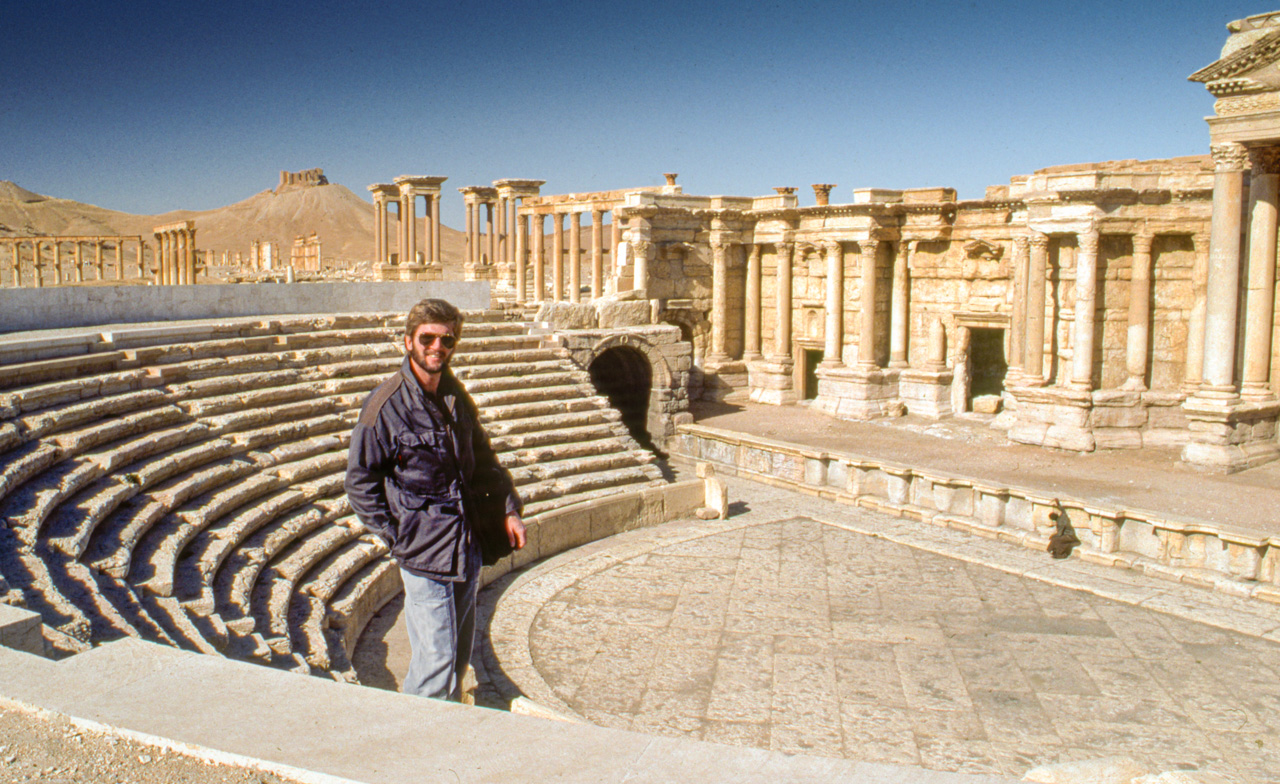The ancient desert oasis settlement of Palmyra in the central steppe of Syria has had a special place in my heart.
But today, IS thugs are knocking on its doorsteps and if they are true to form, they will destroy the UNESCO World Heritage site.
I first travelled to Syria in 1990 for an interview with the International Center of Agricultural Research in the Dry Areas (ICARDA). After a three-day interview I was offered the job. But I left without signing a contract. I just wasn’t sure about living in Syria. I was thinking perhaps the whole trip to Syria was a big mistake. The man who offered me the job recognised my uncertainty about living in Syria so he organised a sightseeing trip for me and took me several hundred kilometres out of the way on the trip from Aleppo to Damascus so that I could visit Syria’s most celebrated archaeological site, Palmyra.
And that sealed the deal.
Prior to experiencing Palmyra I had seen countless archaeological sites but they were just a bunch of old rocks to me. But ancient history came alive when I experienced Palmyra. Those old stories we learned in school about the Greeks, the Romans and Mesopotamia were no longer words in a textbook. Those stories were being told before my eyes.
I could imagine Persian traders walking along the Great Colonnade.
I could imagine Romans worshipping their pagan gods in the Temple of Bel.
And I could imagine Palmyrenes enjoying a drama in the amphitheatre.
Those bunch of rocks at Palmyra provided me with the means to understand and appreciate not only Syria’s cultural heritage but the world’s.
It was then that I realised there was no place I’d rather be than Syria and I realised it is one of the most culturally rich countries on Earth. As soon as I returned home I sent a telegram to ICARDA and accepted the job. During the next three years I re-visited Palmyra numerous times and each time would discover a new layer of history and each time I would develop a closer bond to this most magical site.
At the moment, IS terrorists have captured most of the city of Tadmur including the Tadmur prison. They are literally metres from the World Heritage site. Workers from Syria’s antiquities institutions have had the foresight to remove some of the artefacts from the Palmyra museum but they can’t dismantle the Great Colonnade or the Temple of Bel. Bulldozers can though.
The IS iconoclasts are determined to cleanse our world of idolatry and if they succeed in the coming hours or days to take control of the World Heritage site it seems unlikely that the oasis crossroads which defied Rome will be able to stop the senseless destruction by thugs.
I was fortunate enough to have visited Palmyra and I have the memories and photos that will always be preserved. I feel fulfilled, but the prospect that our children and future generations might not be able to immerse themselves in the grandeur of Palmyra saddens me. We have shed many tears for the people of Syria during these past few years and have been saddened by the destruction of some of Syria’s most cherished and fabled places like the Aleppo Souk and Krak des Chevaliers. Let’s only hope that in the coming hours we don’t add Palmyra to that list.
My reflections on Palmyra
Palmyra is one of the world’s greatest archaeological sites yet little known to anyone other than historians or adventure travellers. It is an oasis settlement lying almost in the geographical centre of Syria and well placed on the caravan routes between Persia and the Mediterranean. The settlement probably reached its peak while it formed part of the Roman Empire in the first and second century AD.
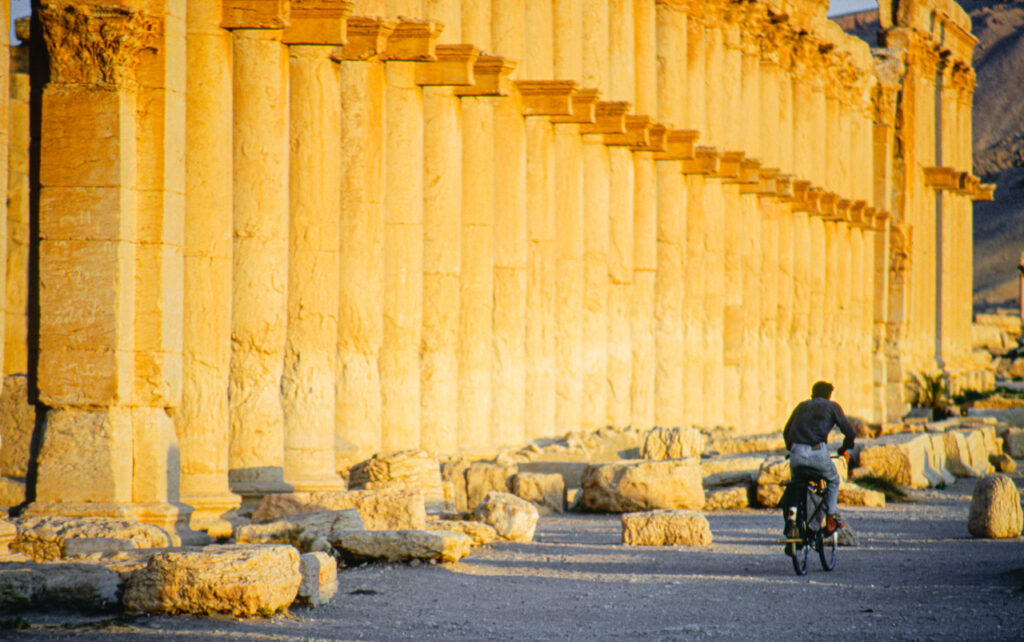
It takes a lot of imagination for the present-day visitor to get a feel for the grandeur that the city once experienced. The only traffic I saw leading into the city along the Grand Colonnade was a sole man on his bicycle.
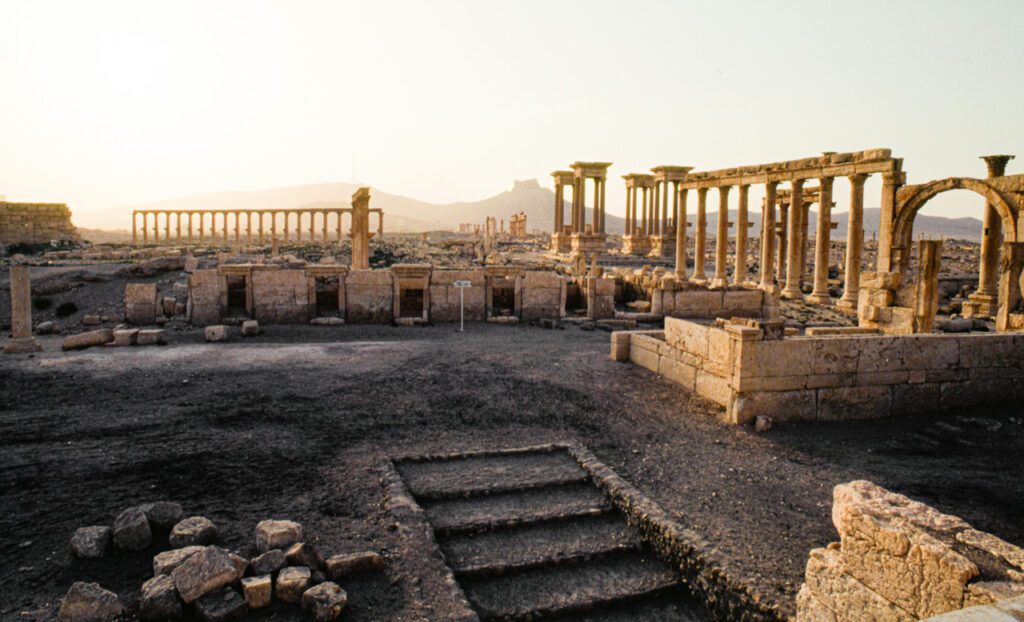
The Palmyra complex is littered with Roman ruins. Prior to the current Syrian civil war, the antiquities institutions were making fairly good progress on restoring some of the colonnades and other structures. Palmyra was slowing getting the attention it deserved from international tourists.
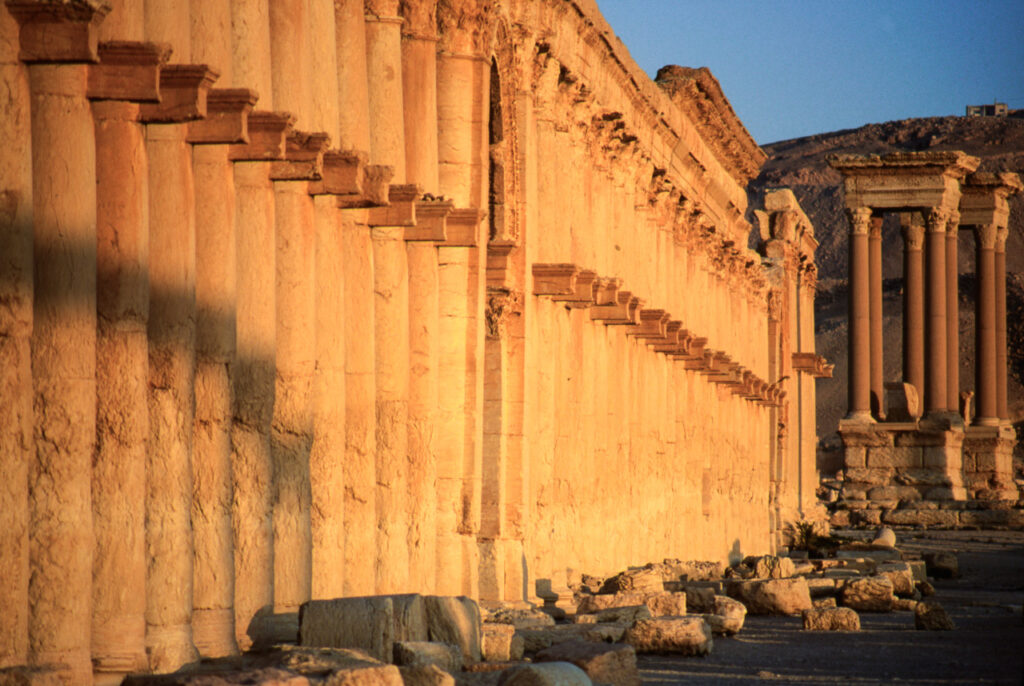
Palmyra’s Great Colonnade stretched about 700 metres from the Temple of Bel to the Funerary Towers.
Wealthy citizens of Palmyra financed the Colonnade and in return a small statute of the donor would be placed on a pedestal about two thirds of the way up the column.
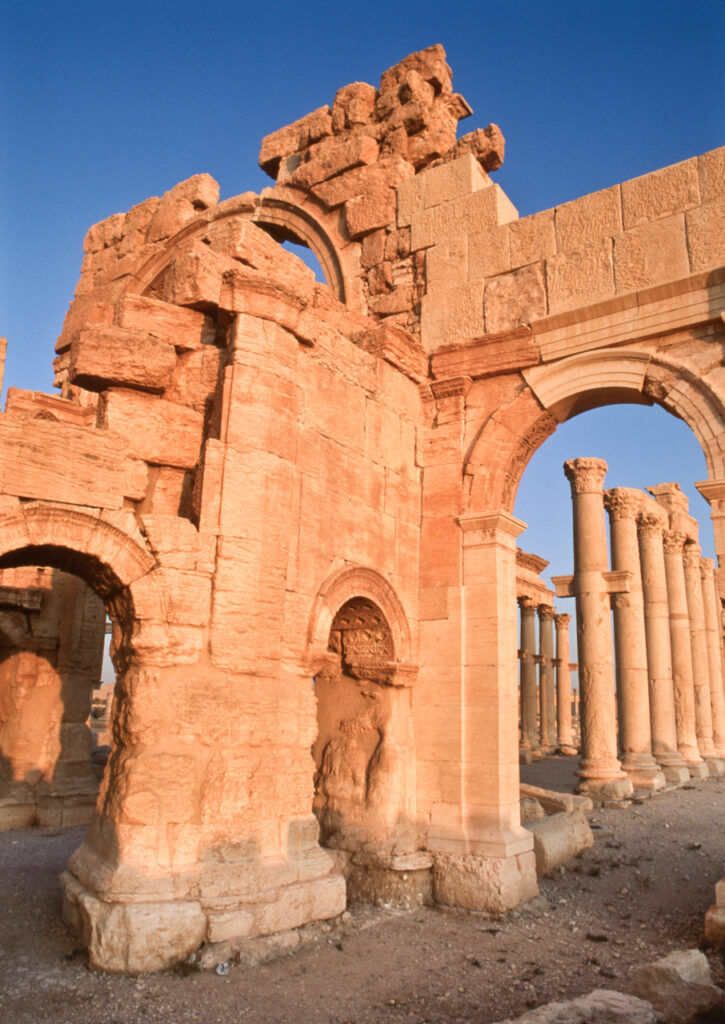
For 2,000 years, the monumental arch on the east entrance to the World Heritage site Palmyra welcomed travellers who stopped at the desert oasis en route to points further east along the Silk Route to en route to Damascus. The arch was built probably in the second century A.D. during the rule of Roman Emperor Septimius Severus. Just after midnight today, Syrian time, a mob of iconoclasts and misfits, entered the World Heritage site but most certainly were not welcomed travellers.
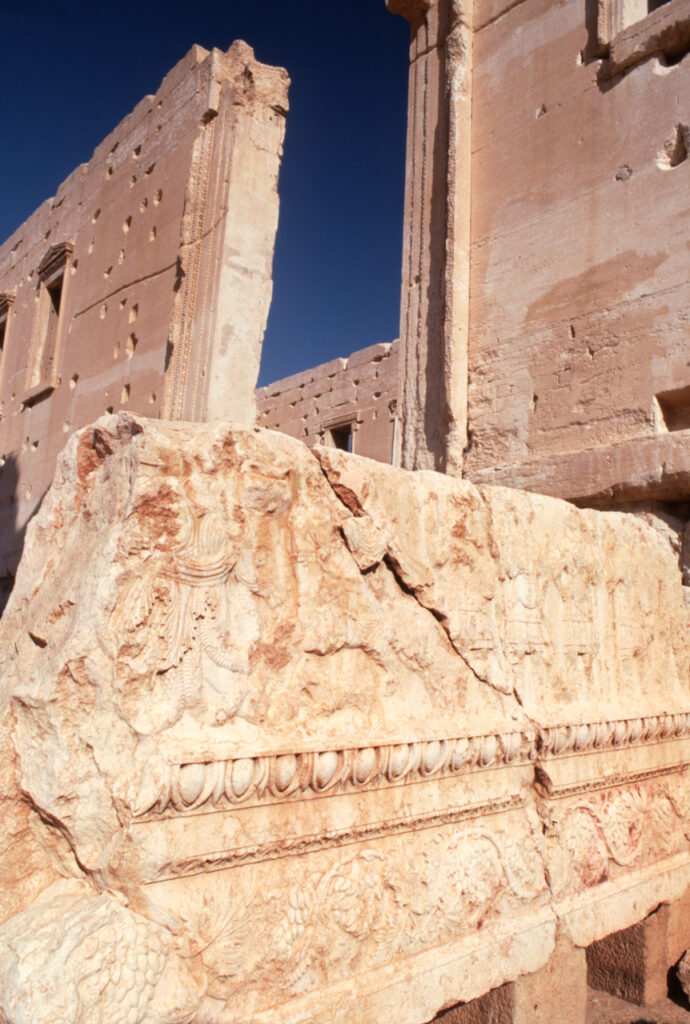
Detail of collapsed wall at the Temple of Bel at Palmyra in Syria
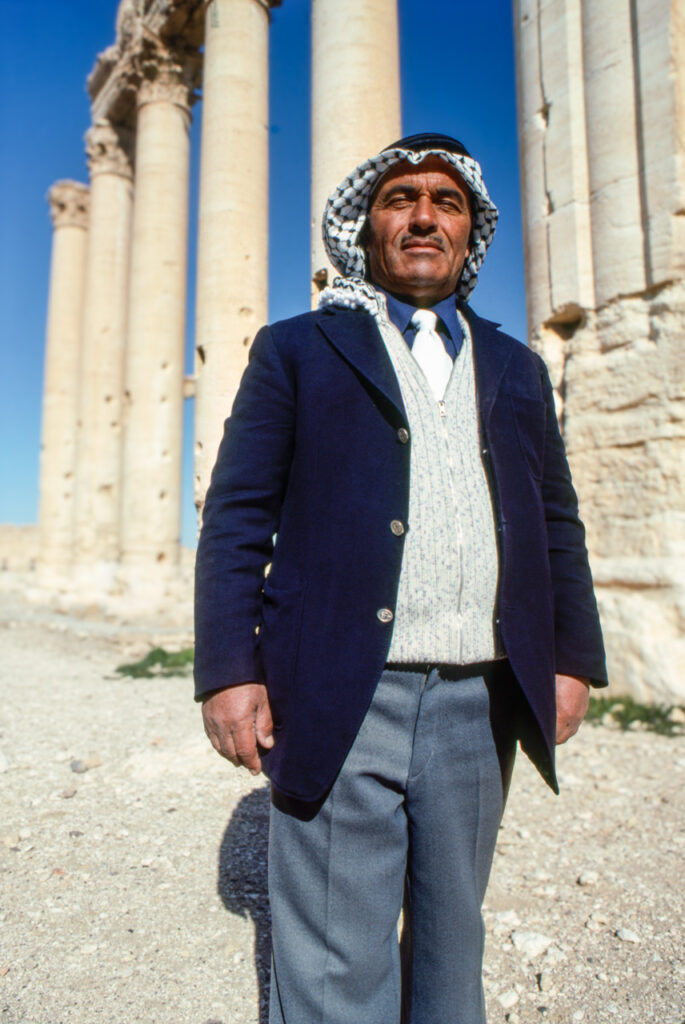
On my first visit to Palmyra this man kindly offered his services as a guide and I gladly accepted. As I recall he had a wealth of information and spoke English well. I could have spent a couple of days with him to see everything at Palmyra. The tourism industry in Tadmor probably never has been huge but those who did survive on the tourist dollar have probably long since sought out new occupations.
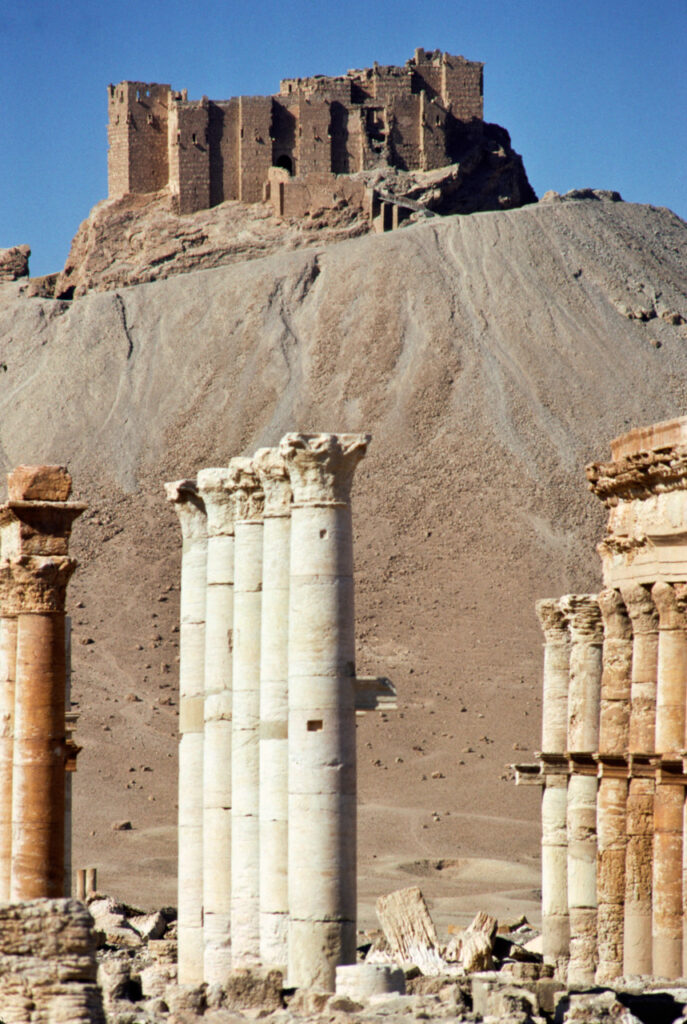
High on a hill overlooking Palmyra is the Qalaat Ibn Maan built in the 17th century. The iconoclastic ISIS thugs shouldn’t have a problem with this as it is one of the few ruins on the site which are not pre-Islamic.
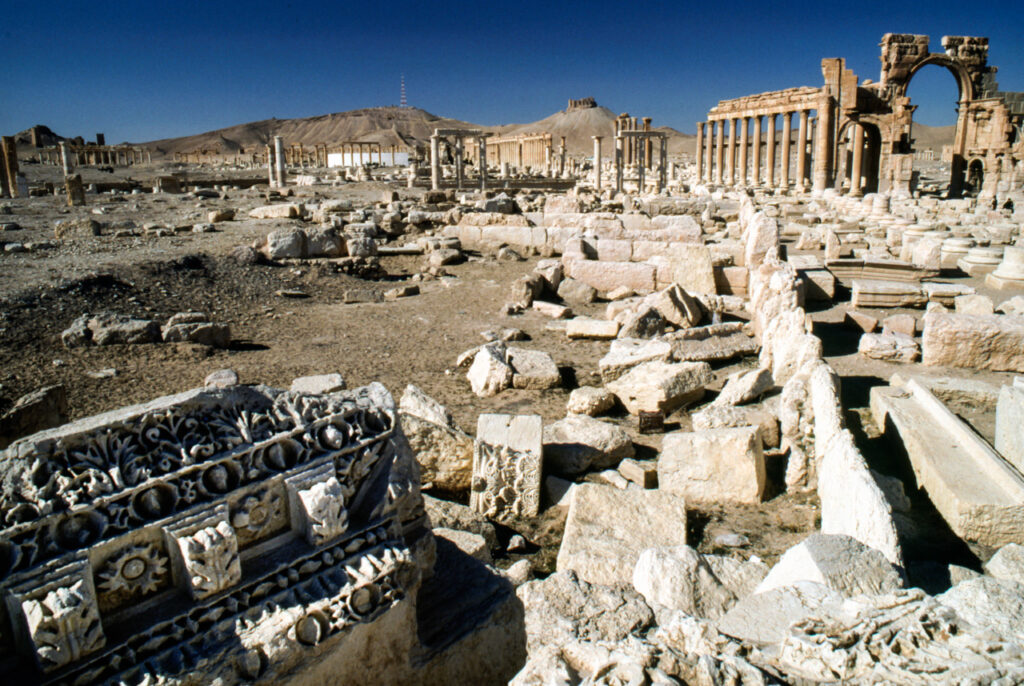
When I first visited Palmyra on a glorious winter day in January 1990, I had the ruins all for myself. Palmyra was hardly a popular tourist destination in those days.
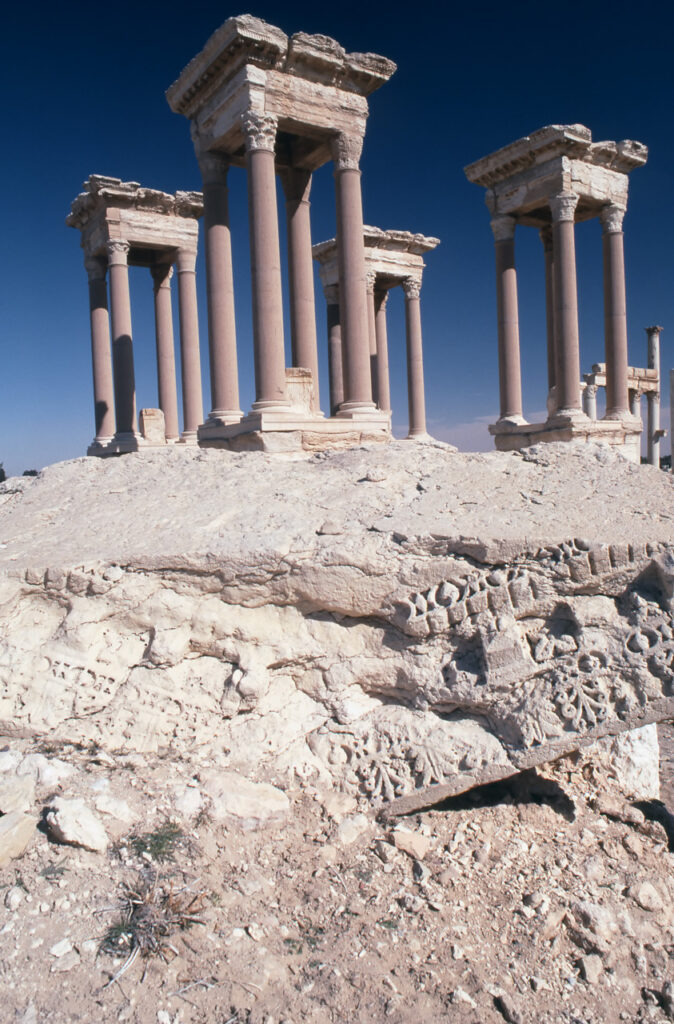
These tetrapylon have been reconstructed and look terrible but one of the columns is supposed to be of the original granite which probably came from Aswan in Egypt.

The 2nd century AD temple has a huge courtyard measuring 200 square metres and once featured a double colonnade around it.
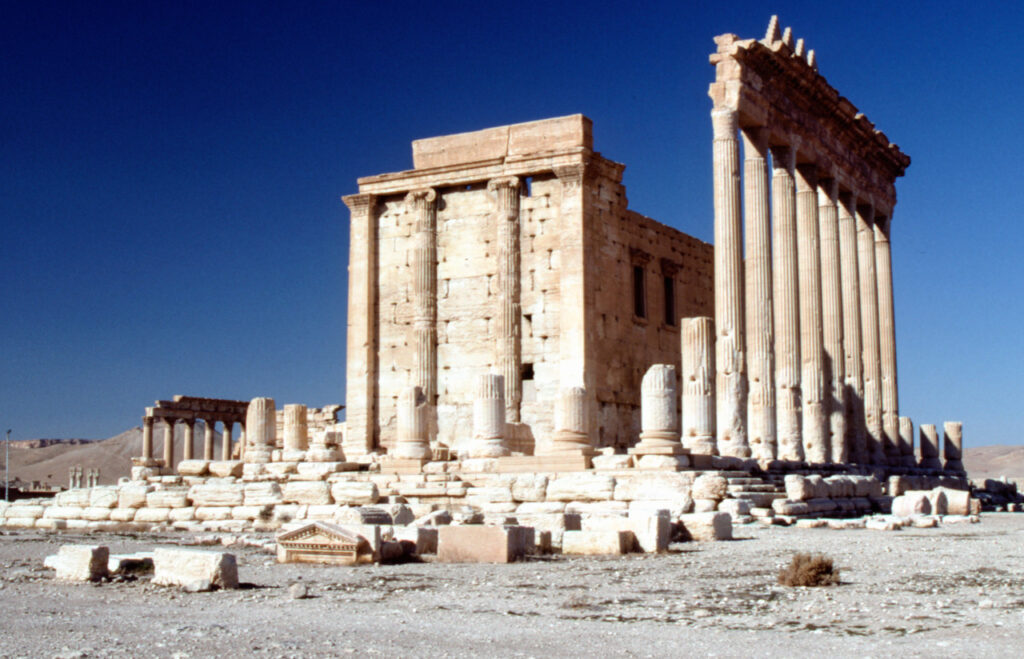
Temple of Bel

Bathing in the Efca Spring. This spring was the source of the water for Palmyra. In 1992 I camped at the ruins and slept under the stars and welcomed a swim in the warmish waters of the spring. I understand that the spring dried up in 1994.
